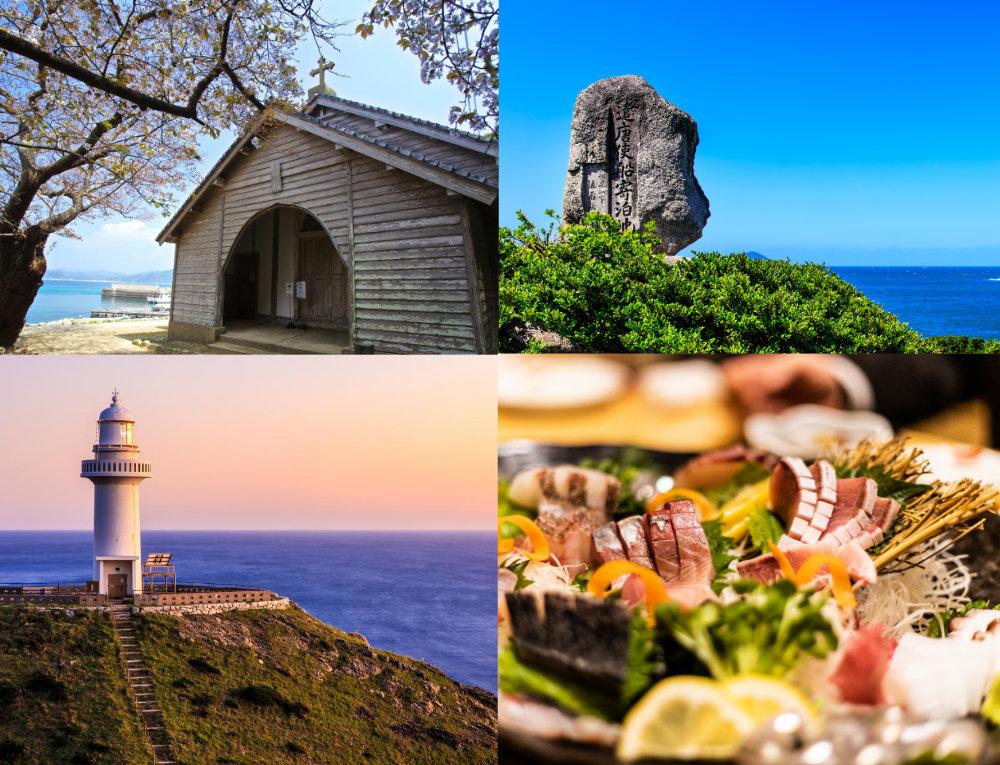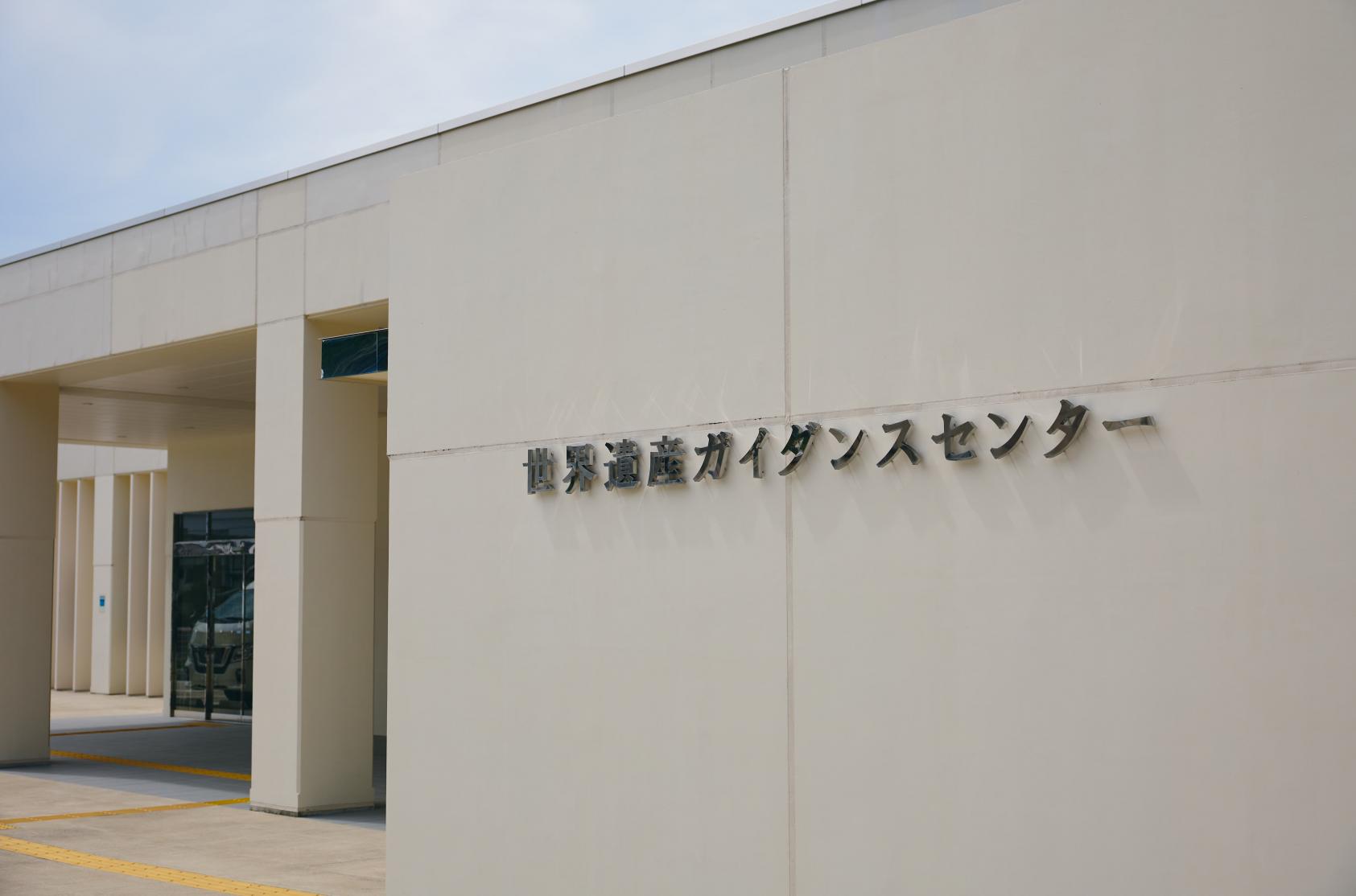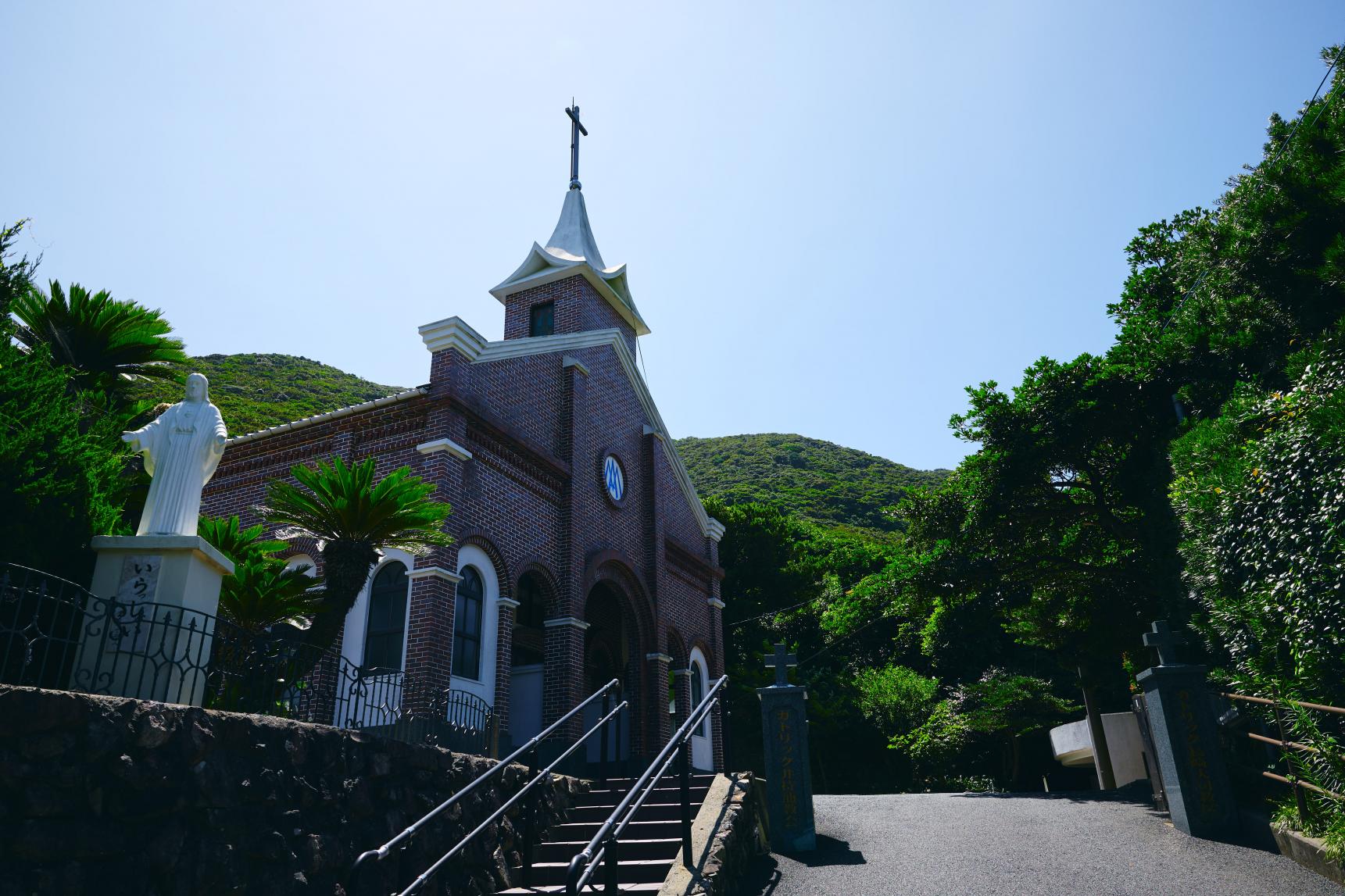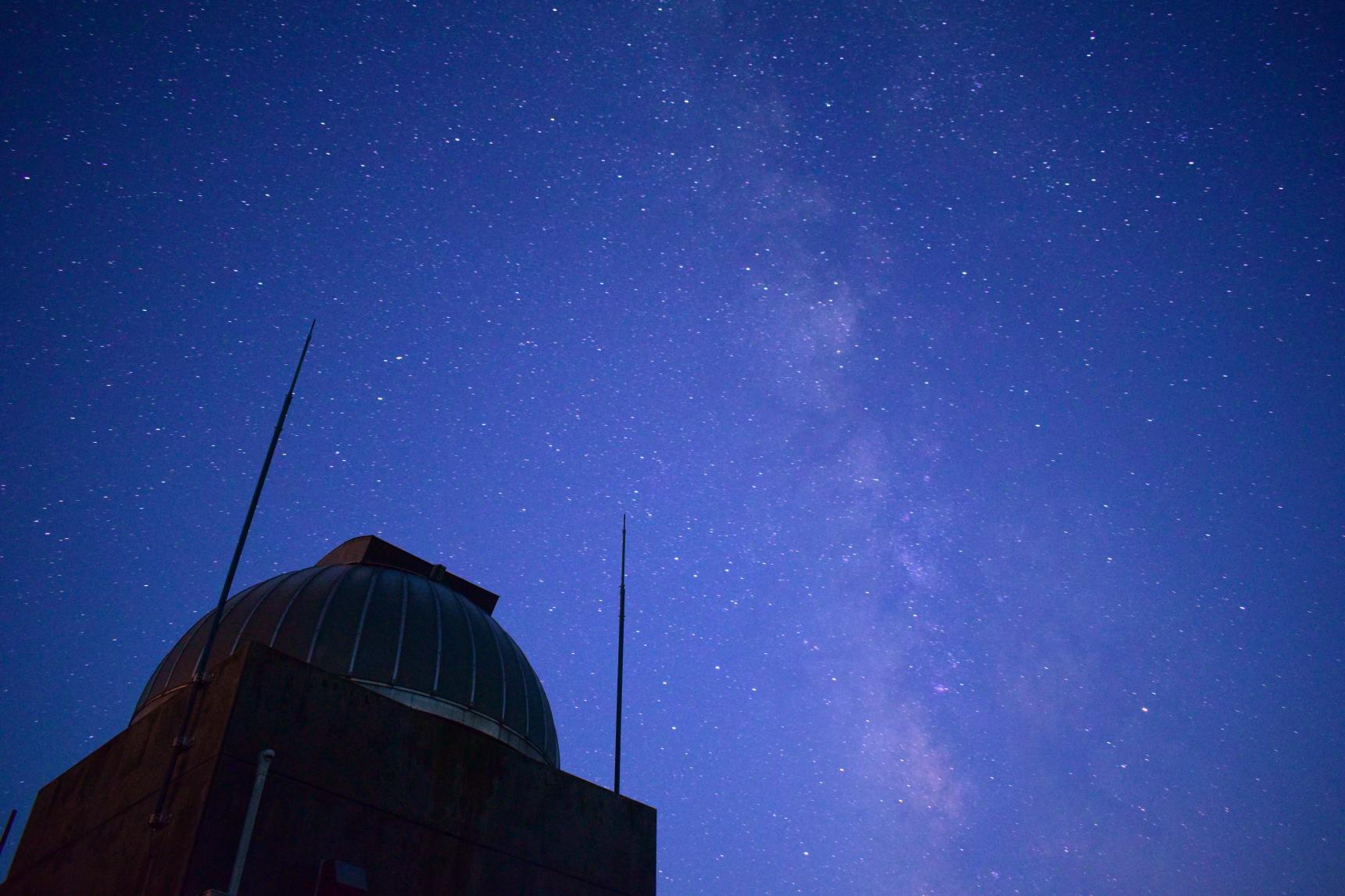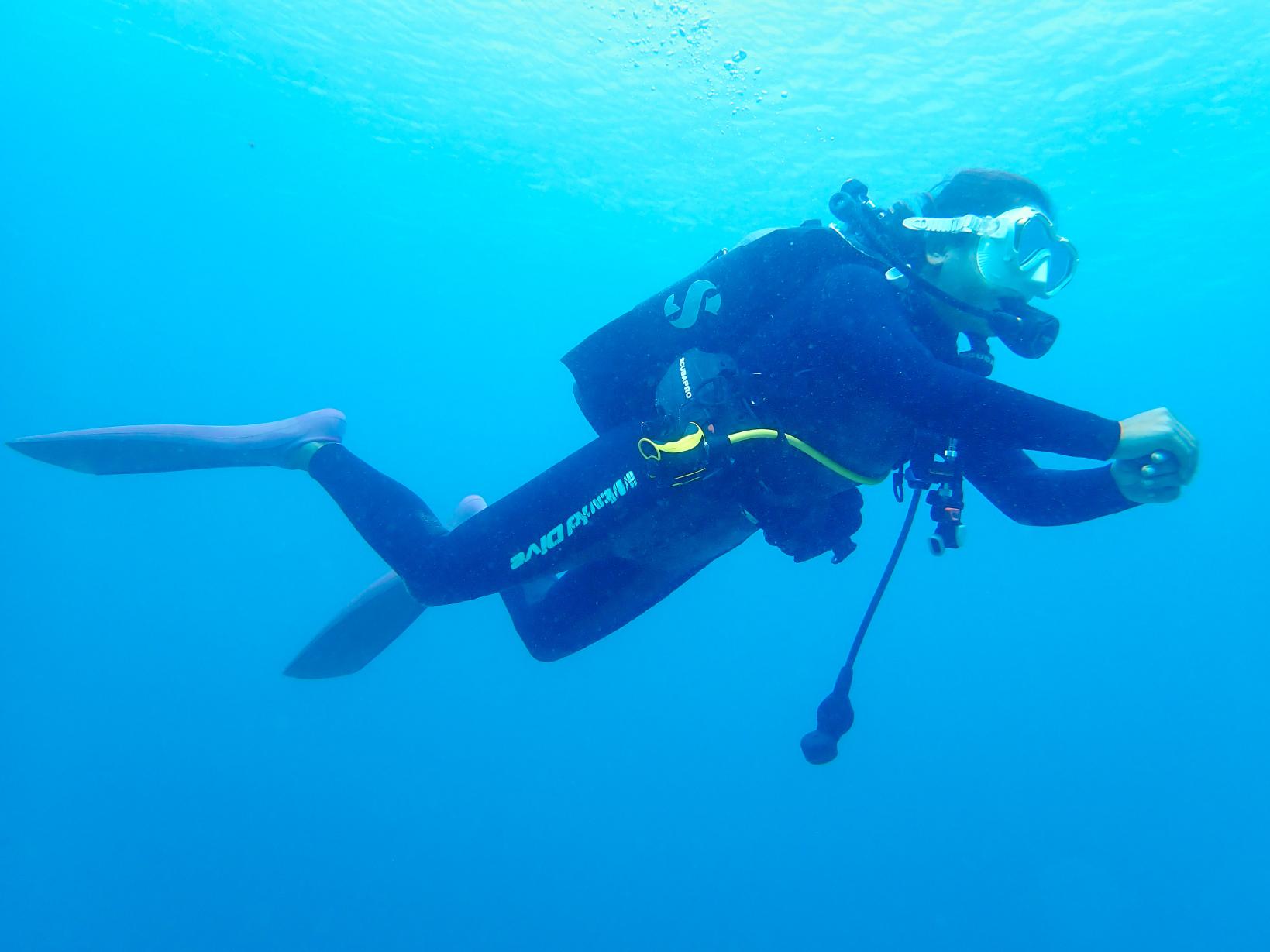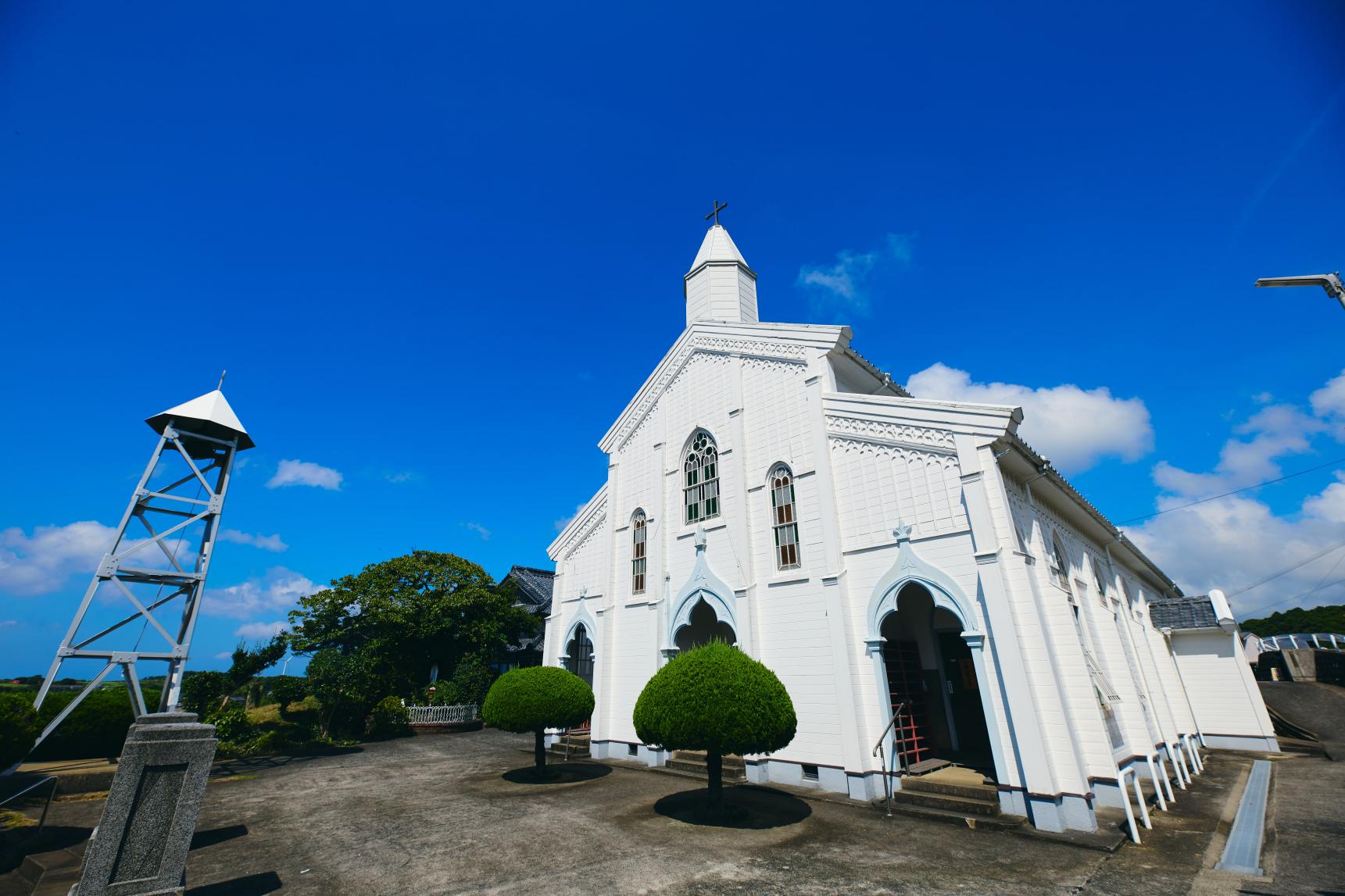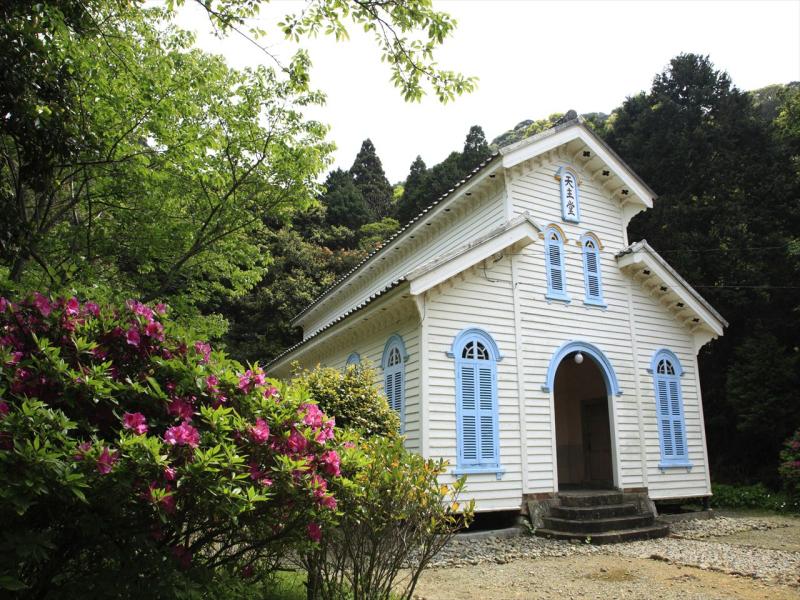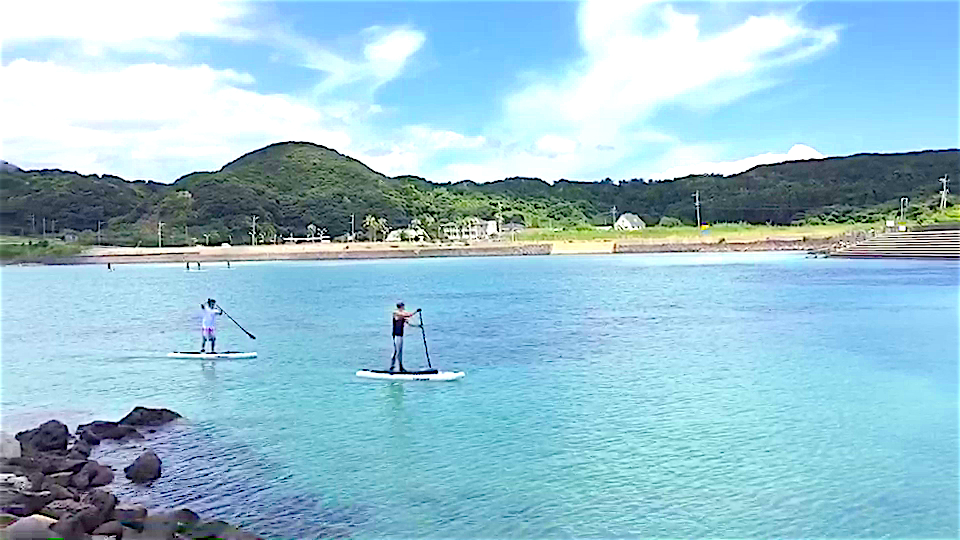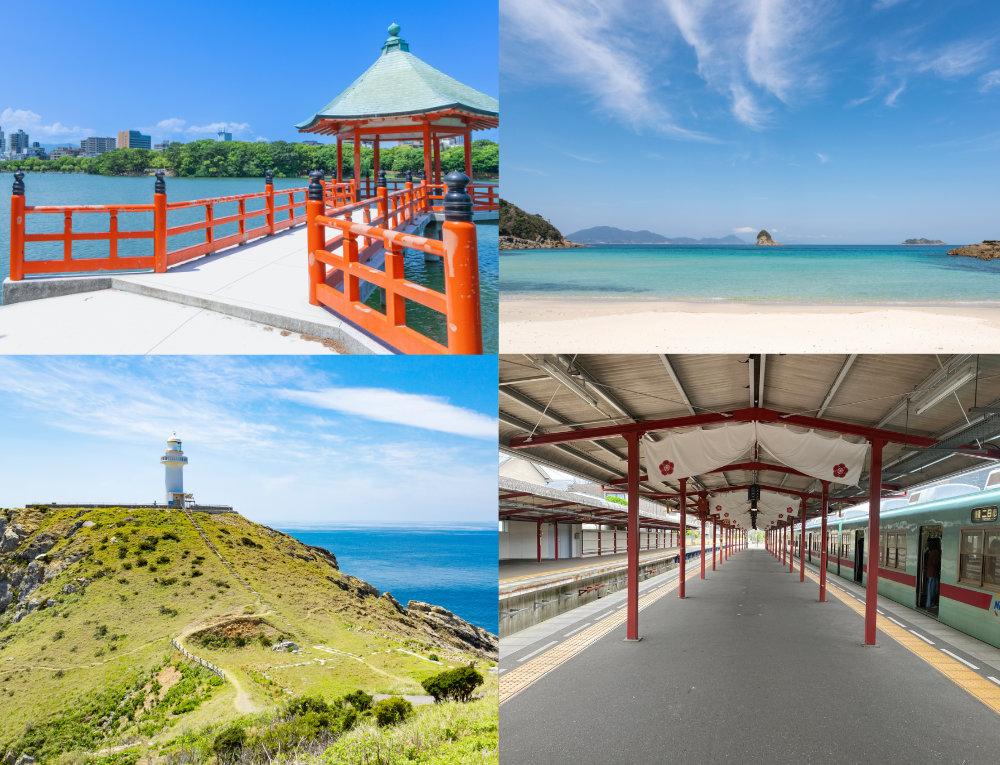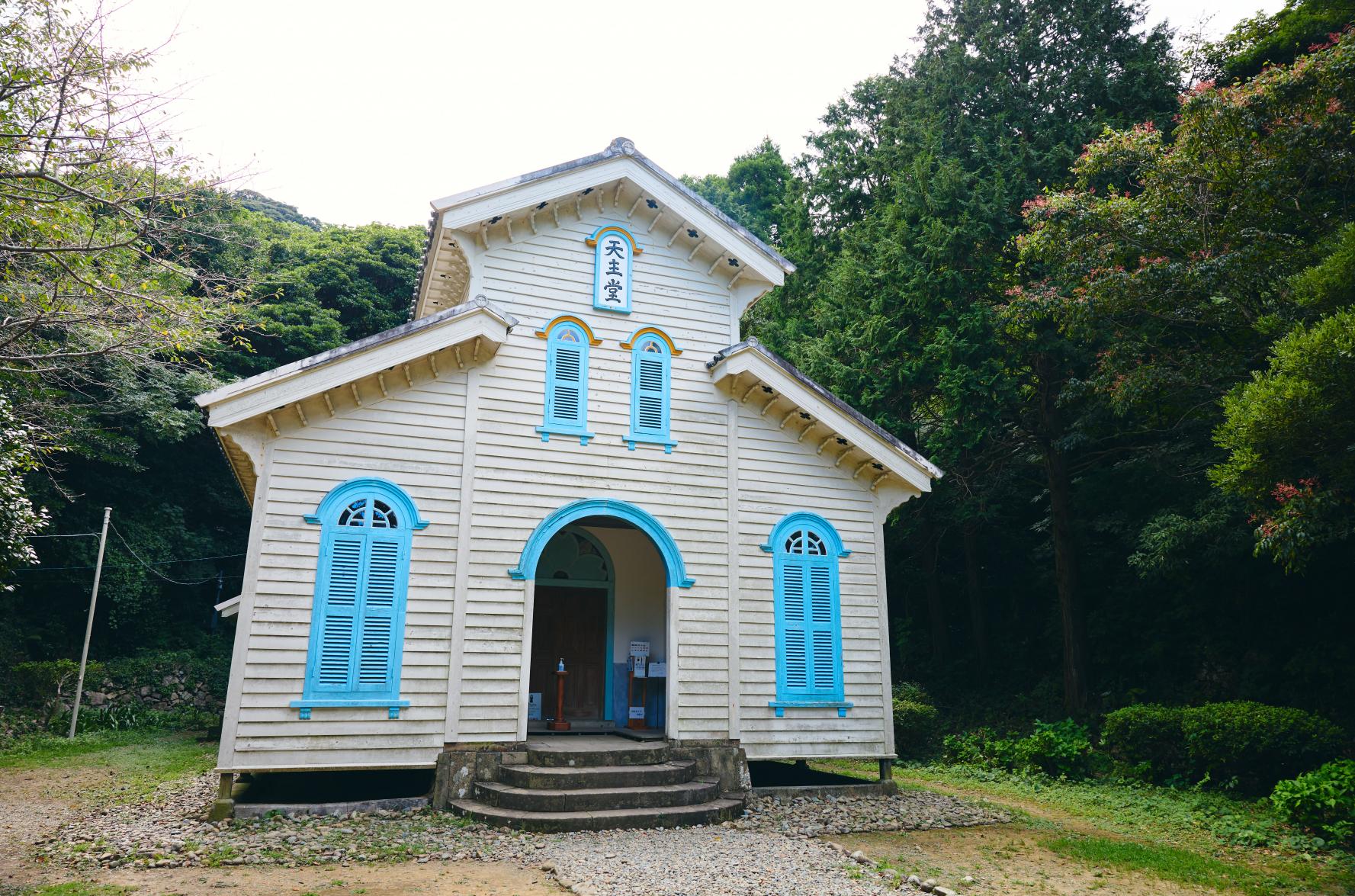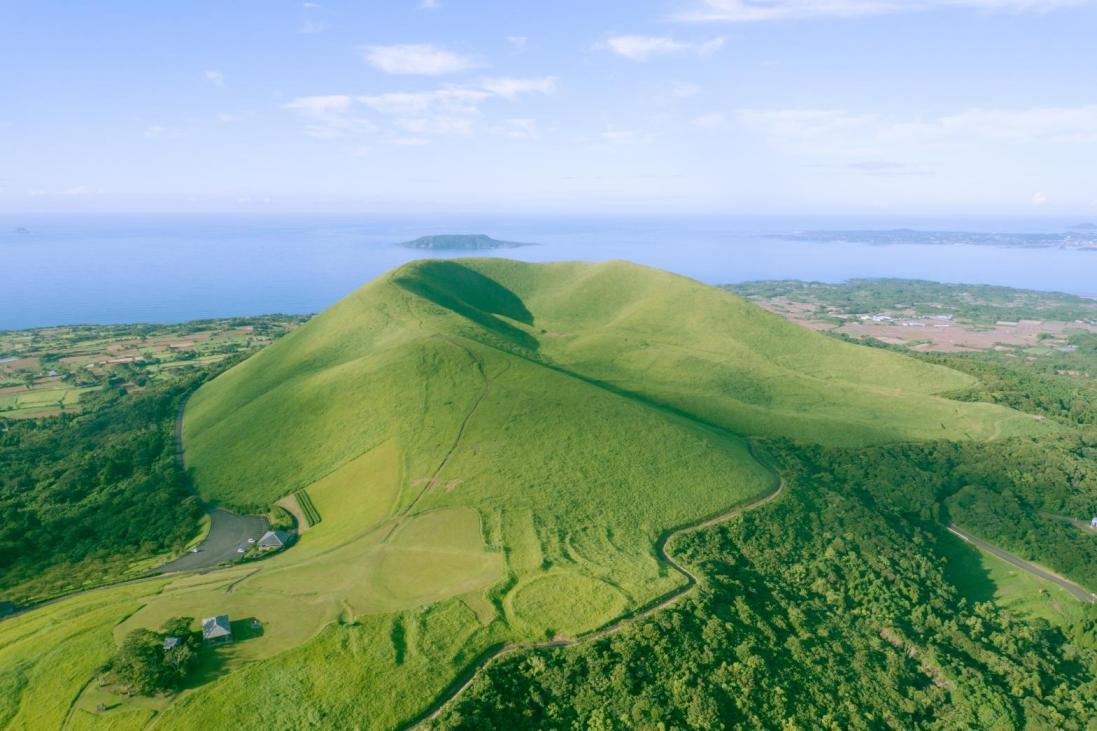
Goto Islands Geopark: Goto’s scenic spots & Map
The basic layers of the land of the Goto archipelago are sand and mud from the continent of Eurasia, deposited approximately 22 million–17 million years ago when the area was part of the continent.
After changes in the land, when the Japanese archipelago was formed separate from the continent, it was characterized by retaining a connection to the continent right to the end. After this, volcanic eruptions caused the formation of lava plateaus and many volcanic islands.
The Goto islands, located between the Chinese continent and Japan, have a rich history, both in terms of their relationship to the continent but also as remote islands.
Contents
Overview of the geopark
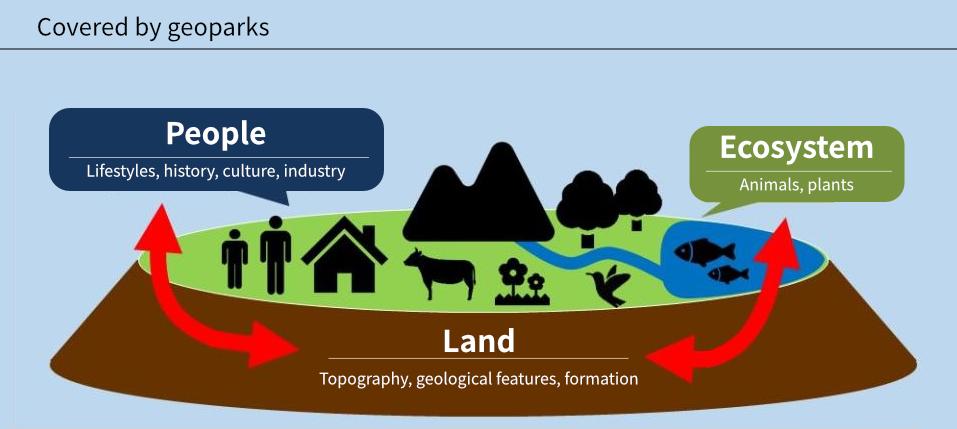
Geoparks are an initiative to “learn” about the charms of the area, to “protect” them for the future, and to “use” them so that the local area can retain its vitality. In Japan, the Japan Geopark Committee has acknowledged 46 regions as Japanese geoparks (as of May 2023), and one of these is the Goto Islands (Shimogoto area).
You may have a mental image of geoparks as parks with geological features, or parks that study stones, but they also cover the ecosystems fostered on land and human history, culture, and industry.
This is because ecosystems and human work have an unbreakable connection to the land. Why are Goto’s fish so delicious? Why did people settle in Goto? The answers lie in the land.
What is a geosite?
A place where you can observe important topography and geological features to learn about the formation of the land of the Goto Islands.
-
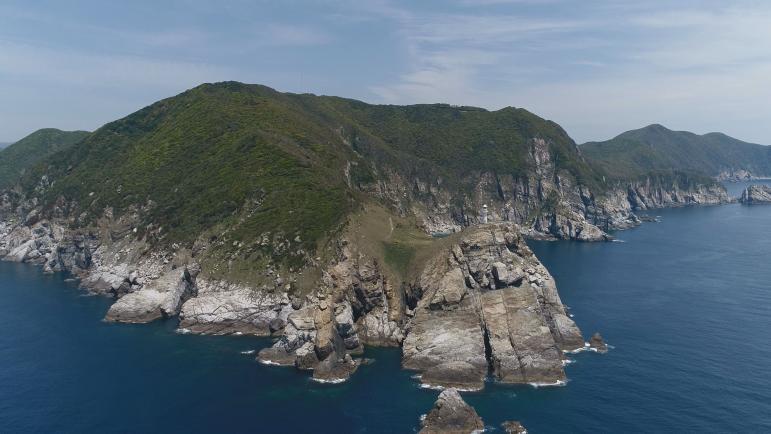
1.Osezaki Lighthouse
See MoreA pure white lighthouse standing on Goto Group cliffs. It was chosen as one of Japan’s 50 best lighthouses.
-
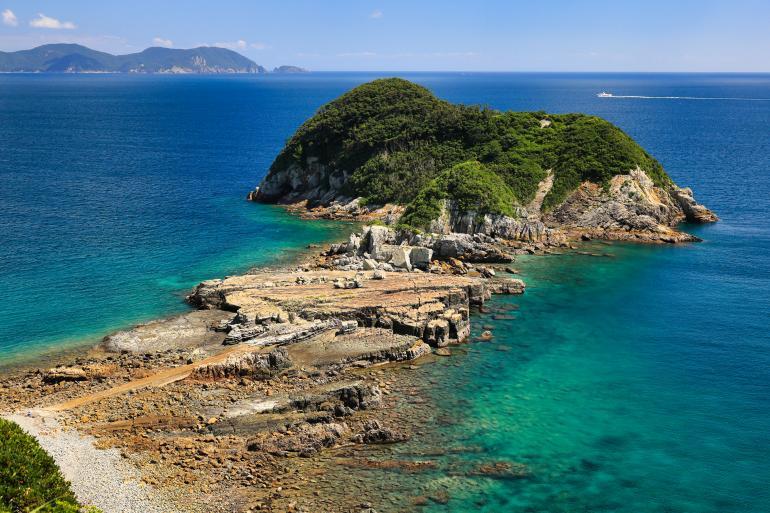
2.Shutogashima Senjojiki rock platform
See MoreThere is a beautiful contrast between the greenery of the mountain on this small island, the rock platform that leads there and the strangely shaped eroded rocks, and the azure sea.
-
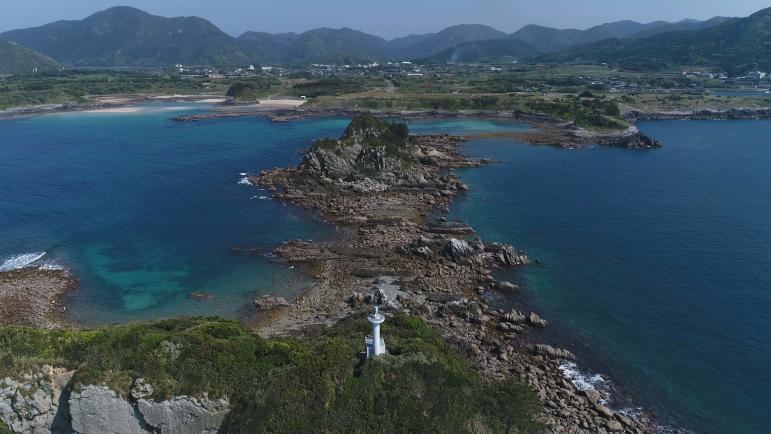
3.Gyogasaki
See MoreThe topography of Gyogasaki includes Goto Group strata (hardened sand and mud) complicated by lava flowing from volcanos.
-
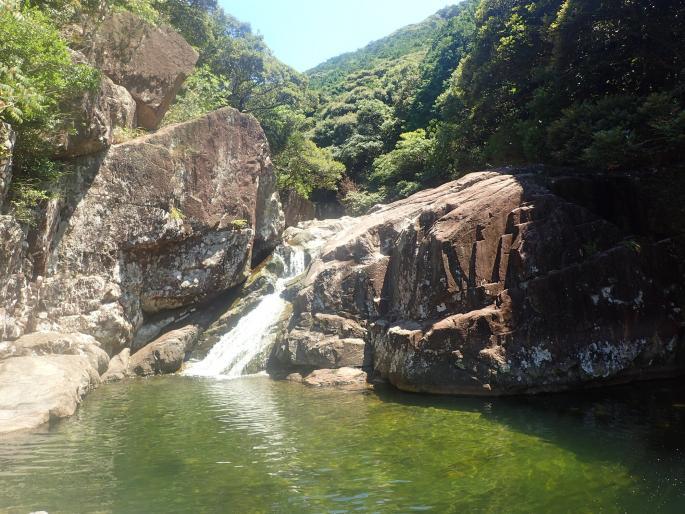
4.Dondon Buchi Waterfalls
These are the largest waterfalls in Goto. The sound of the vigorous downward flow of water hitting the rocks with a sound like the beating of a taiko drum (“don don”) gives them their name.
-

5.Mt. Onidake
See MoreTo protect its scenery and ecosystem, the fields of Mt. Onidake are burned once every three years, almost appearing to recreate an eruption. This volcanic group, in which Mt. Onidake is included, consists of monogenetic volcanos; there are only three of these groups in Japan.
-
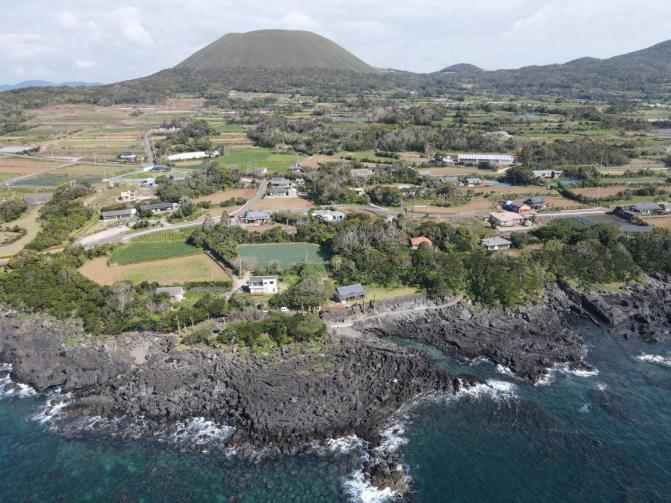
6.Abunze Lava Coast
See MoreThis land was formed from the lava flow from volcanic eruptions near Mt. Onidake around 50,000 years ago. The sea level later rose, creating the present-day black, craggy, and complex coast.
-
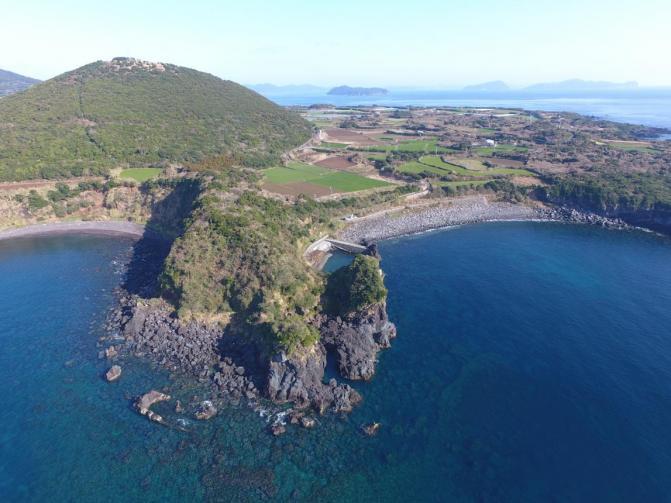
7.Kazume Coast
It is thought that the Sakiyamabana Volcano, a phantom volcano that disappeared into the sea, stood in the vicinity of the Kazume Coast. You can see traces of it here.
-
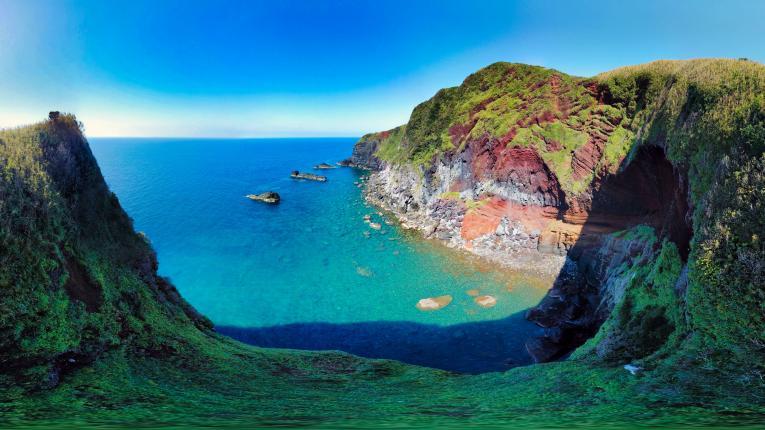
8.Mt. Medake Sea Cliffs
These precipitous cliffs were eroded by stormy seas, leaving the inside of the volcano bare. This is an important site where we can learn about volcano cross sections and their inner structure.
-

9.Ohshima Lava Tunnel
This lava tunnel has been designated a Natural Monument by Nagasaki Prefecture. An alter stands deep inside, and a festival takes place in around February each year.
-
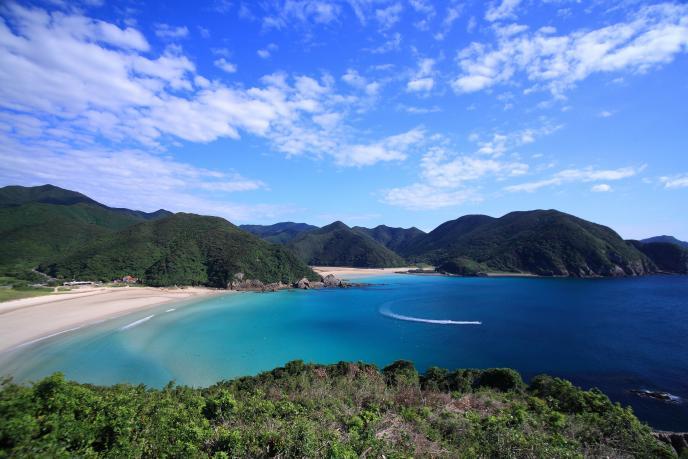
10.Takahama Beach
See MoreTakahama Beach’s white sands and sparkling blue waters are indescribably beautiful. This beach is said to have Japan’s most beautiful sea.
-
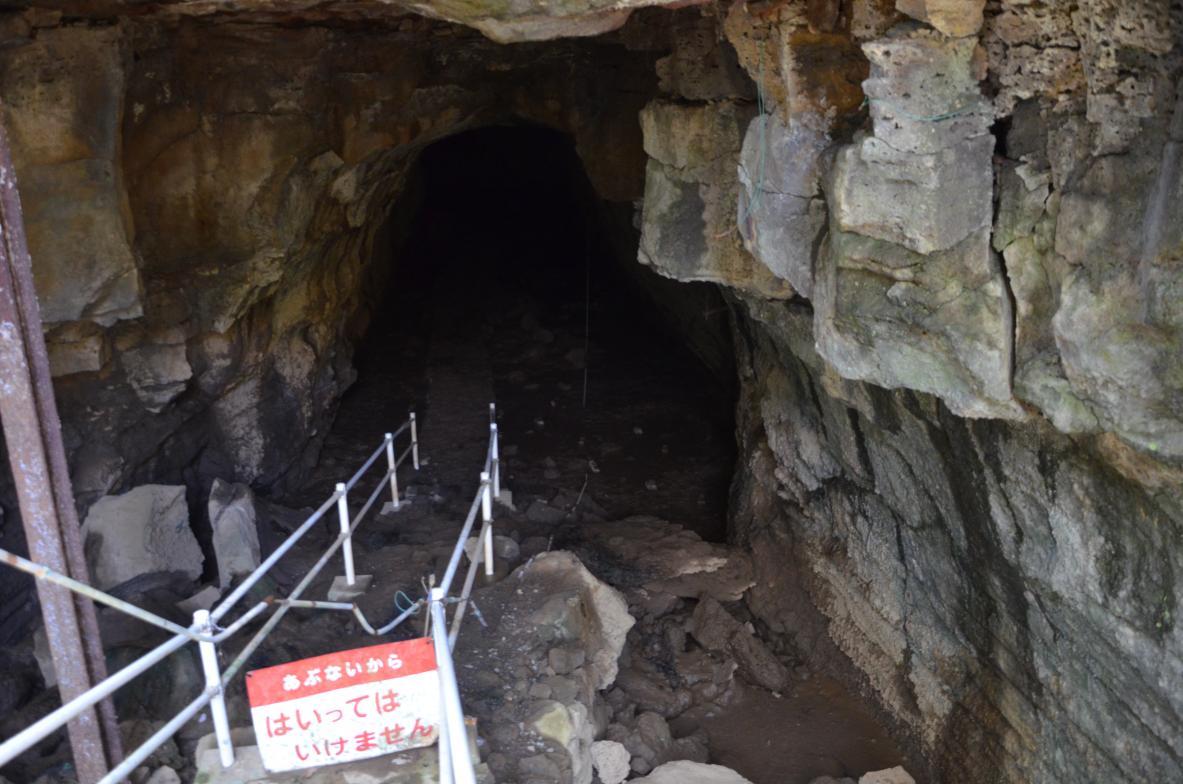
11.Tomie Iana Lava Tunnel
This is the largest lava tunnel on the Tomie Peninsula, created from lava flowing from a volcanic eruption.
-
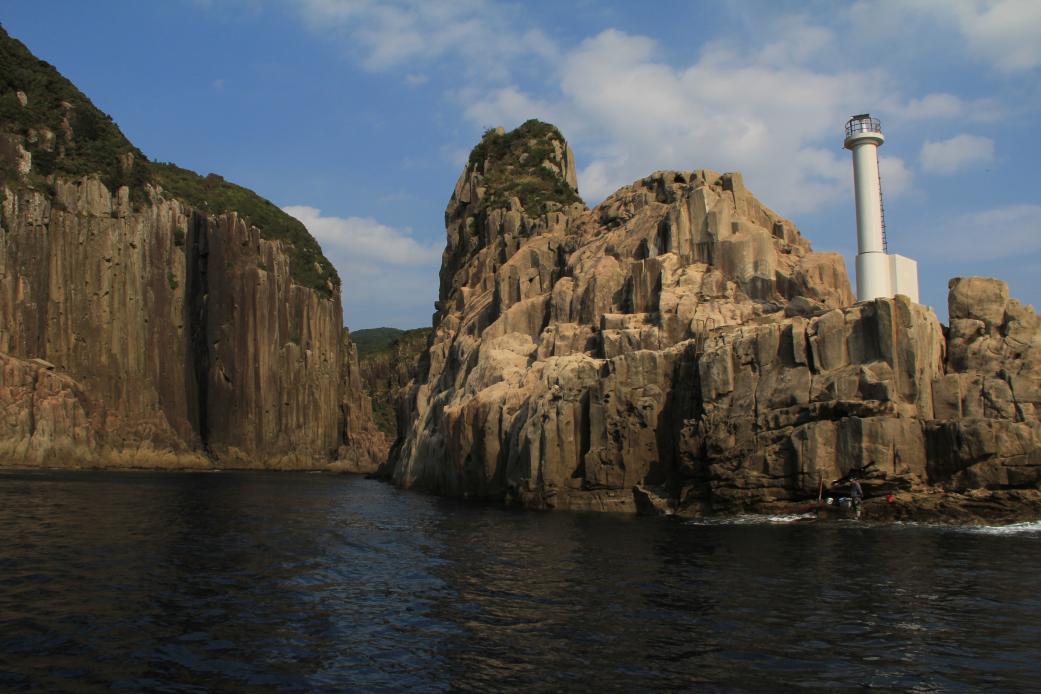
12.Takanosu Columnar Jointing
Visit on a chartered boat to see the impactful cliffs that resemble a series of pillars.
Map of Geosite
Google Maps may not display correctly if left open for more than 1 day.
What are natural sites? What are cultural sites?
These are places where you can see particularly important natural environments in a geopark, and places with a deep connection to local human history and culture.
Goto Islands Geopark (Natural and Cultural Sites)
-
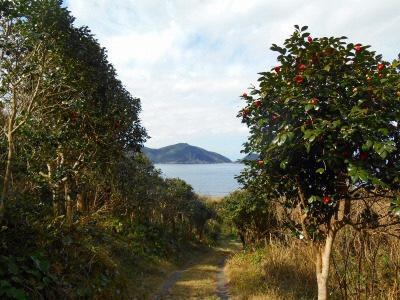
1.Pure camellia forest in Kamegoura
See MoreKamegoura is home to particularly large numbers of wild camellia, even on Hisaka Island. Around 10,000 plants grow here, strong against the salty sea winds.
-
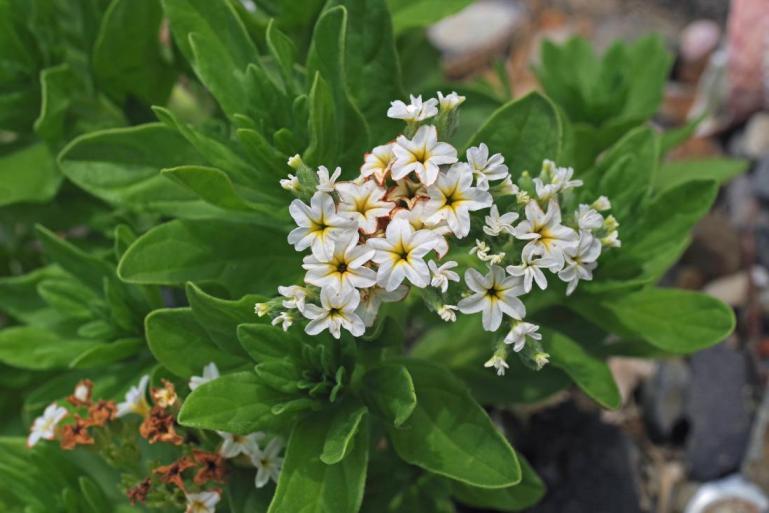
2.Hassakubana's coastal plants
Despite its narrow area, this cape has the most coastal plants on Fukue Island; it’s a rare spot where around a third of the coastal plants of Nagasaki Prefecture grow.
-
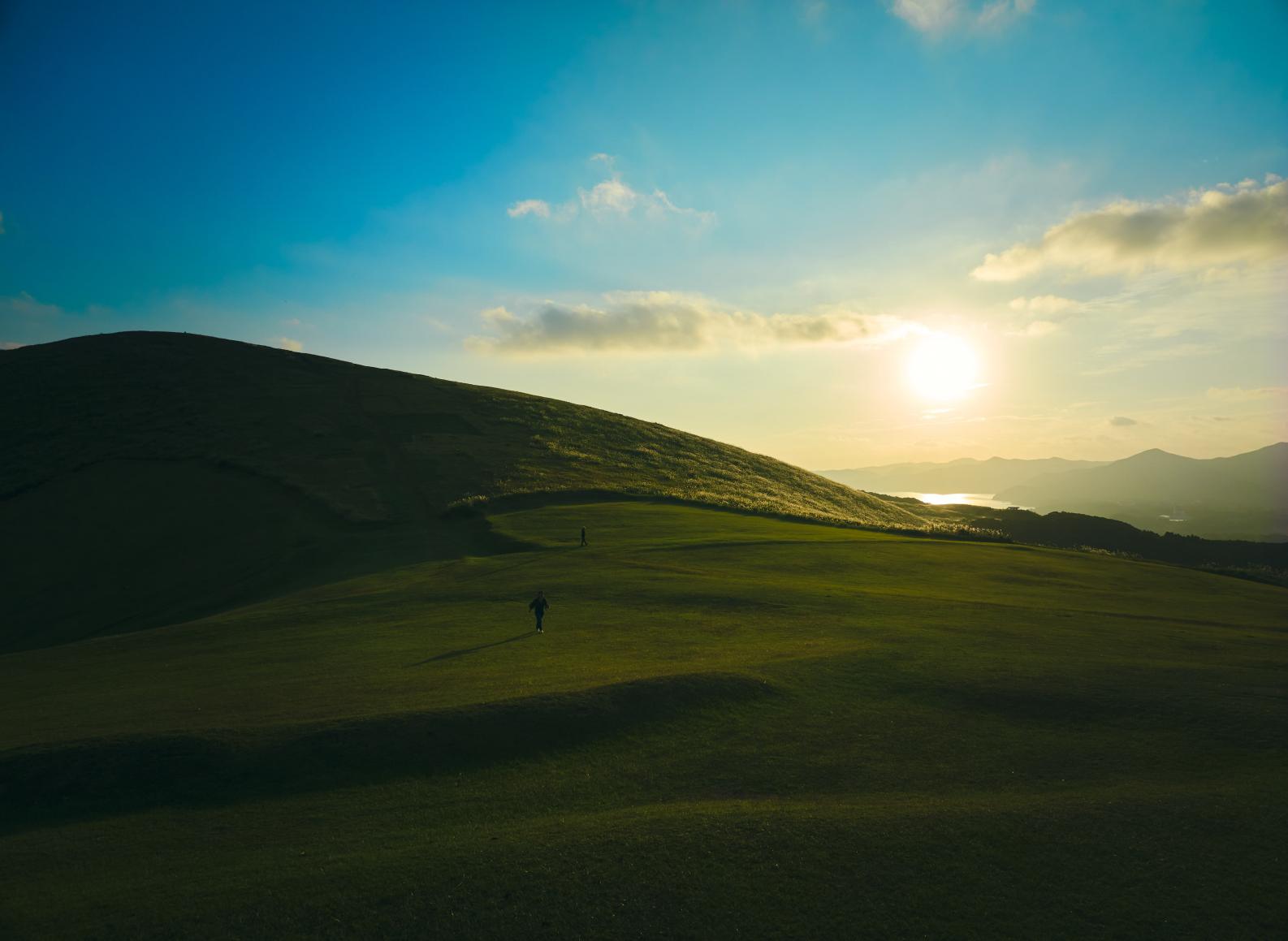
3.Mt. Onidake (plants)
See MoreA great variety of grassland plants bloom here, including Leichtlin's lily in the summer and Japanese gentians in the fall. The scenery changes with the seasons, turning completely green in the spring and yellow-gold in the fall.
-
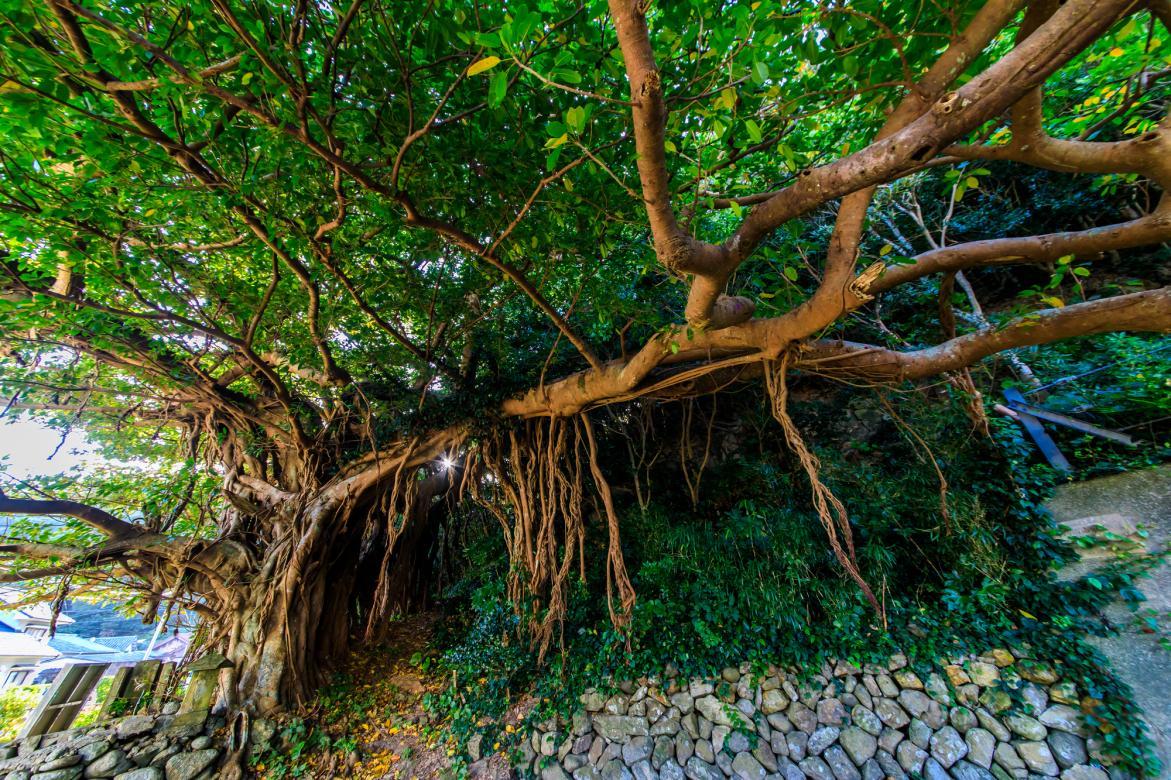
4.Giant Japanese sea figs (Tamanoura, Kashinoura, Ohama)
Goto is dotted with the greatest giant Japanese sea figs in the prefecture. These tightly intertwined trees and their roots create a strange, mystical atmosphere.
-
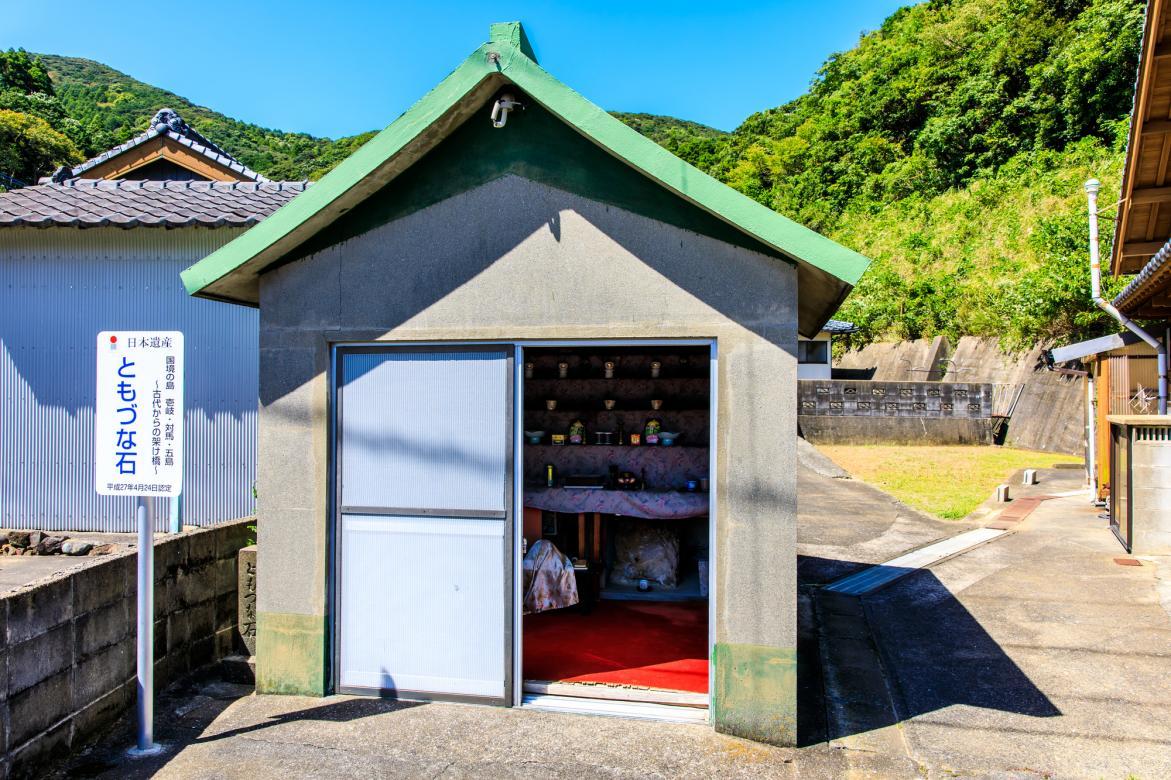
5.Shiraishi Tomozuna Stone
It is said that the ships carrying envoys to Tang China were moored to this stone when they entered port for repairs, food supplies, and to wait for favorable winds.
-
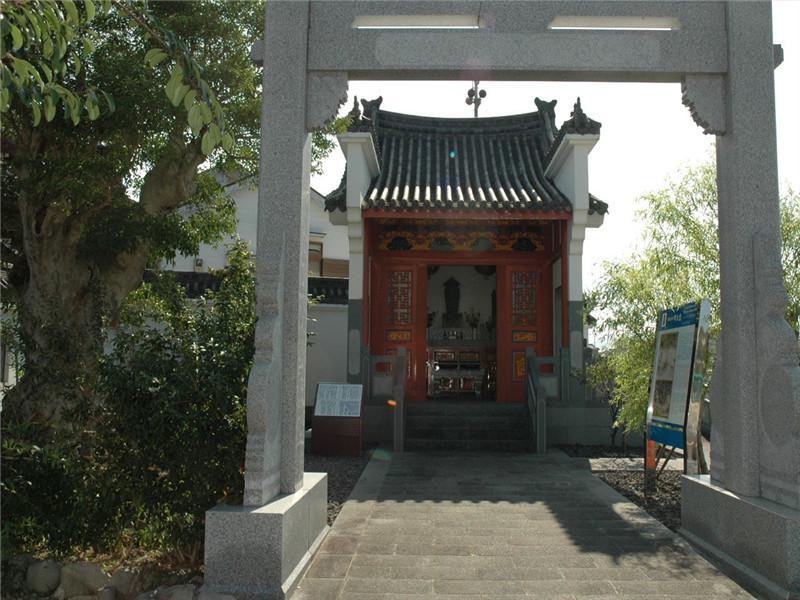
6.Minjindo(Chinese Shrine)
In 1540, Chinese merchants arrived here seeking trade. It is said that they received a residence from the feudal lord, in which they constructed a building to pray for a safe voyage; the Minjindo is what remains.
-
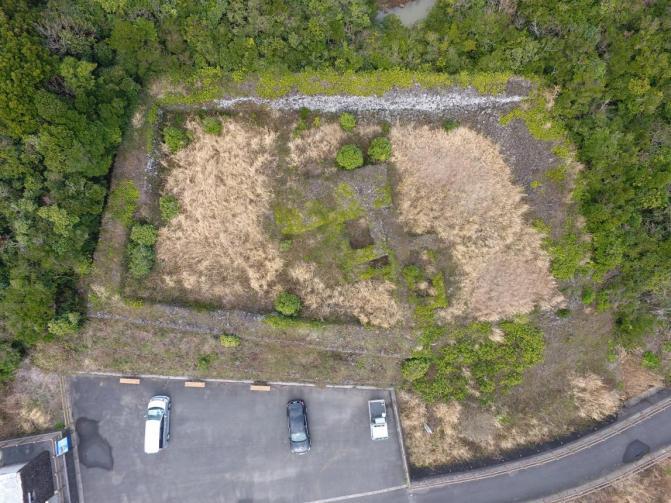
7.Kanjigashiro Castle
One legend suggests that a carpenter called Kanji created this stone castle with a kappa around 150 years ago; based on the construction method, another says it was constructed as a hideout for Japanese pirates.
-
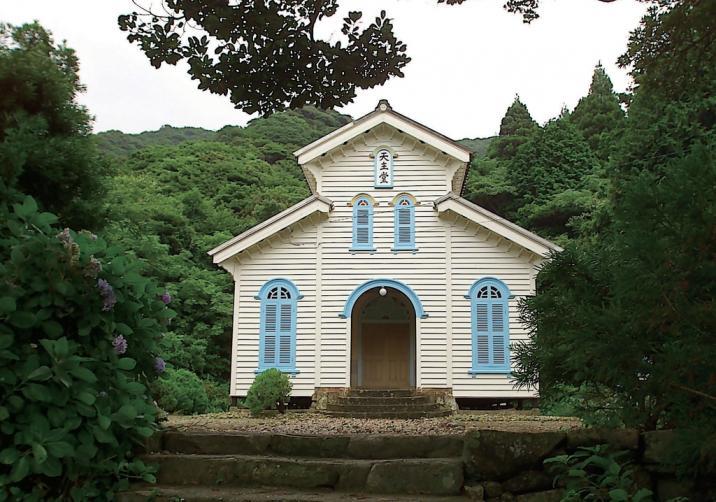
8.Egami Village on Naru Island
See MoreThis village is home to a now-rare simple wooden church with cream walls accented with light blue window frames, as well as other sites; you can see the traces of the hidden Christians here.
-
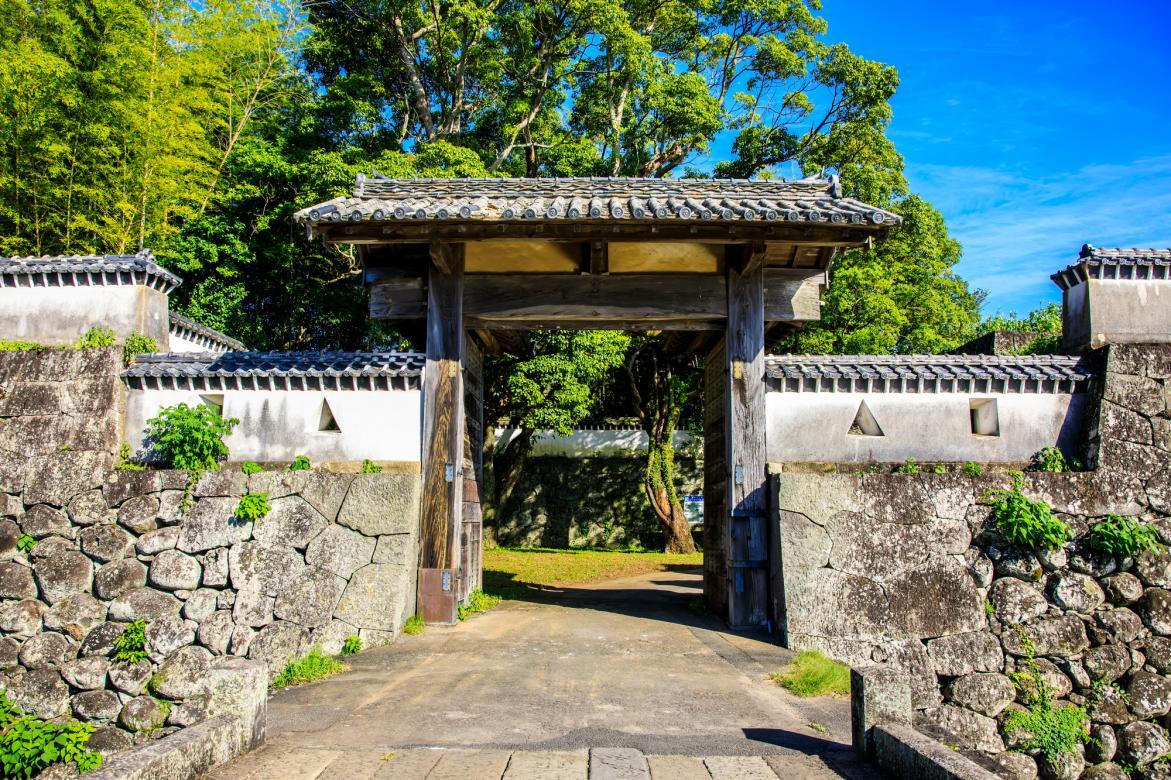
9.Ishida Castle (Fukue Castle) Ruins
See MoreThis castle was constructed as a sea castle to guard against foreign ships, motivated by the arrival of American warships in Tokyo Bay during Japan’s period of national isolation.
-
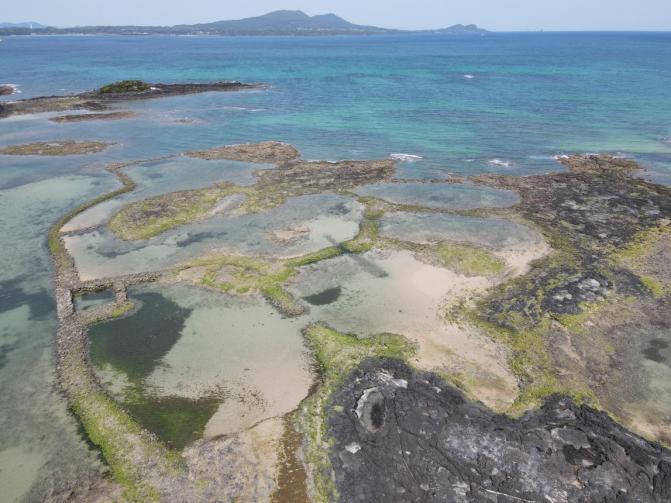
10.Tomie Sukean
A “sukean” is a fishery that catches fish by piling up stones and waiting for low tide to catch the fish that can’t leave. This is a reconstruction.
Map of Natural and Cultural Sites
Google Maps may not display correctly if left open for more than 1 day.
Base: Abunze Visitor Center
This facility serves as a visitor center within the National Park, and a hub for the geopark area of the Goto Islands, introducing various information through video, dioramas, and panels. The display panels also provide information in English.
Ranking of popular articles
-
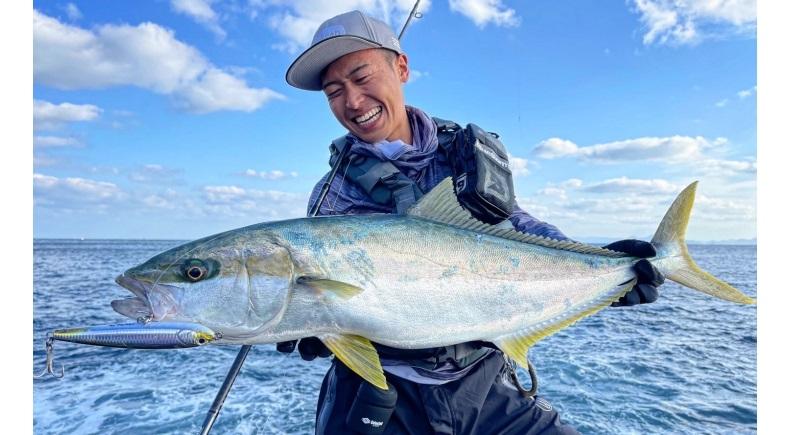
Head to the Goto Islands for fishing in Japan! Guide to fishing spots and boats
-

Visiting Goto’s churches, built by the hidden Christians
-
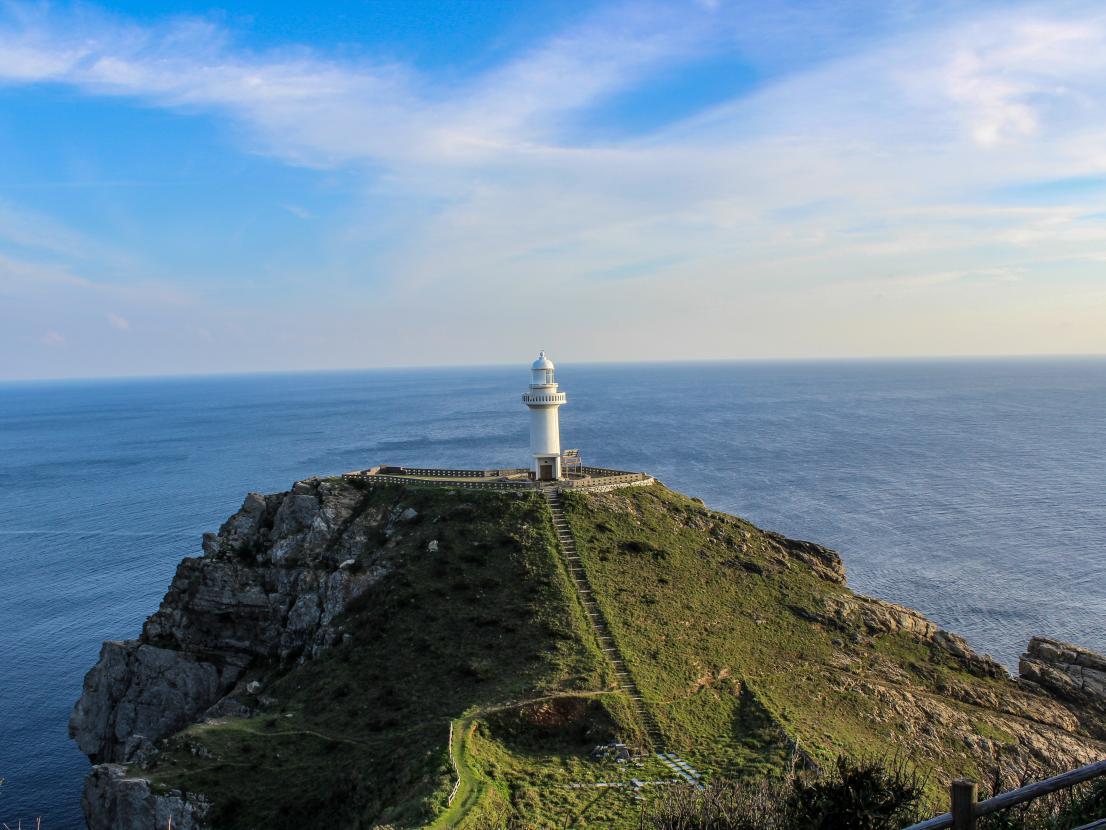
Tourism guide for first-time visitors to Goto: Introducing islands where nature and history exist in harmony
-
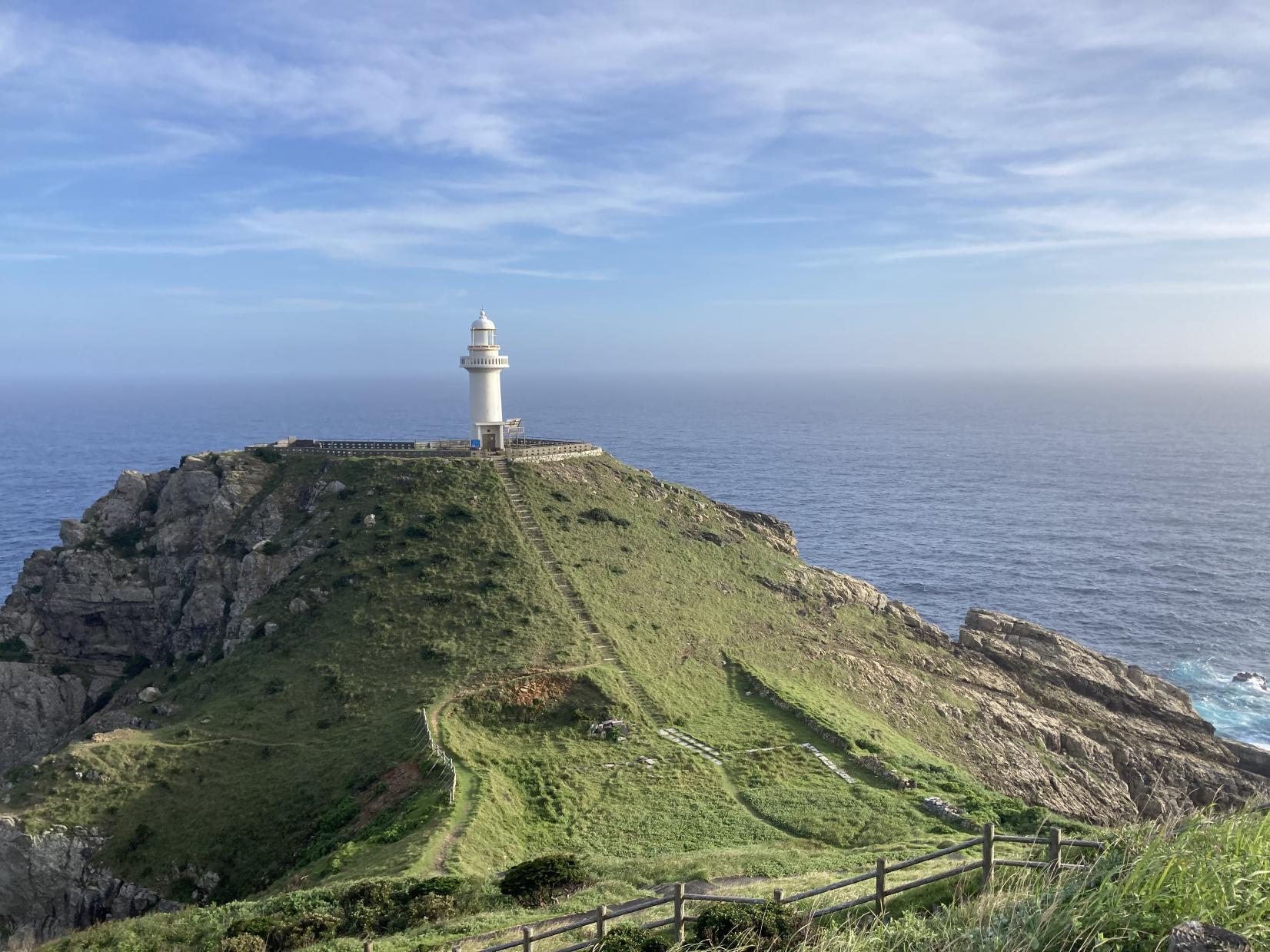
Guide to trekking to the white lighthouse, Goto’s representative attraction
-
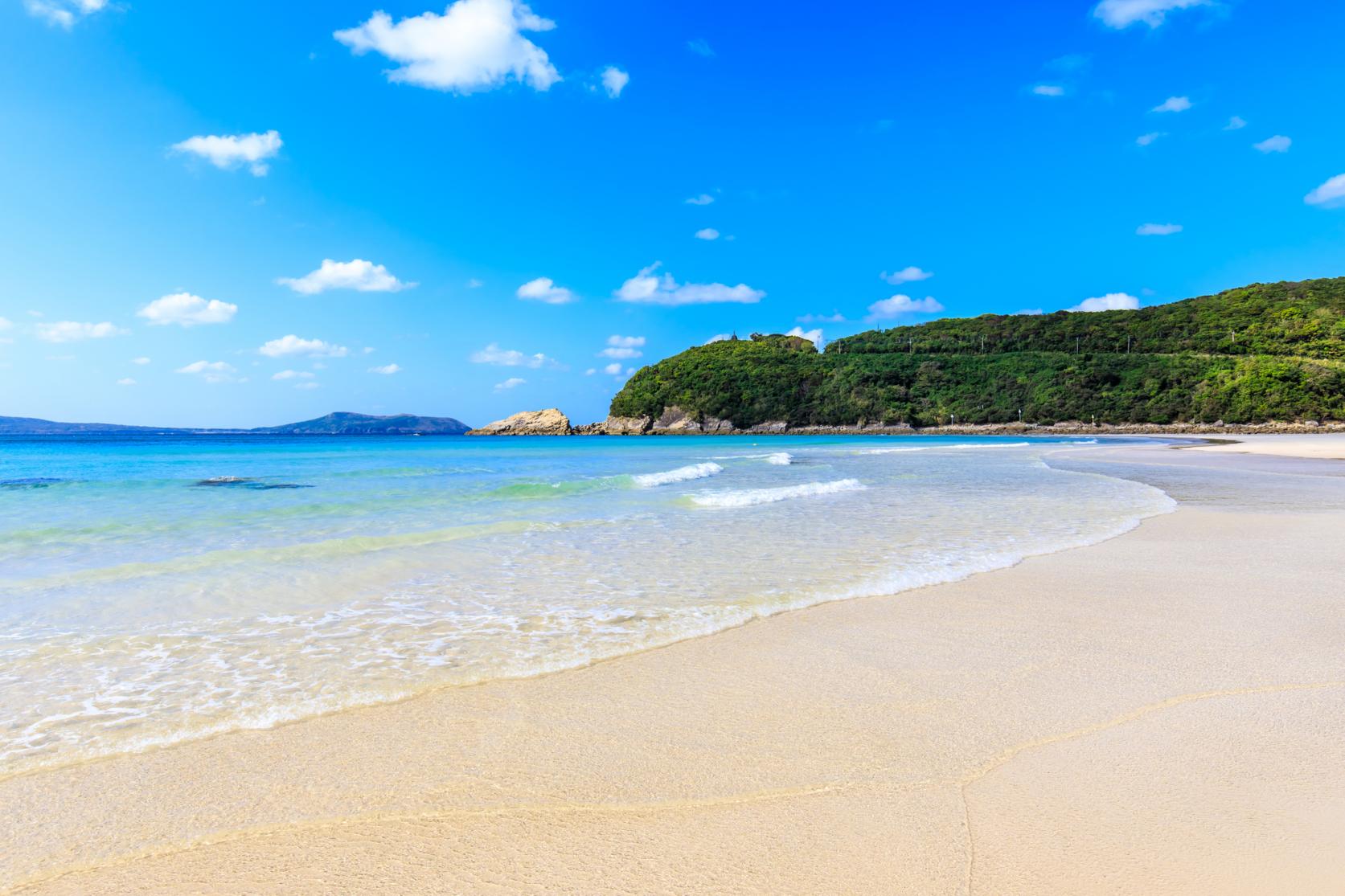
Takahama Beach: One of the best beaches on the Goto Islands, fun even in the off-season


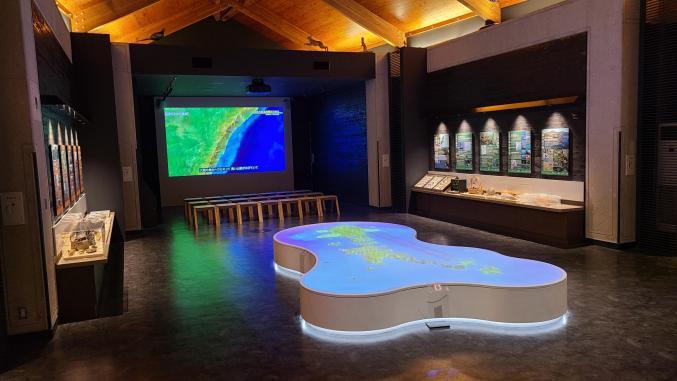
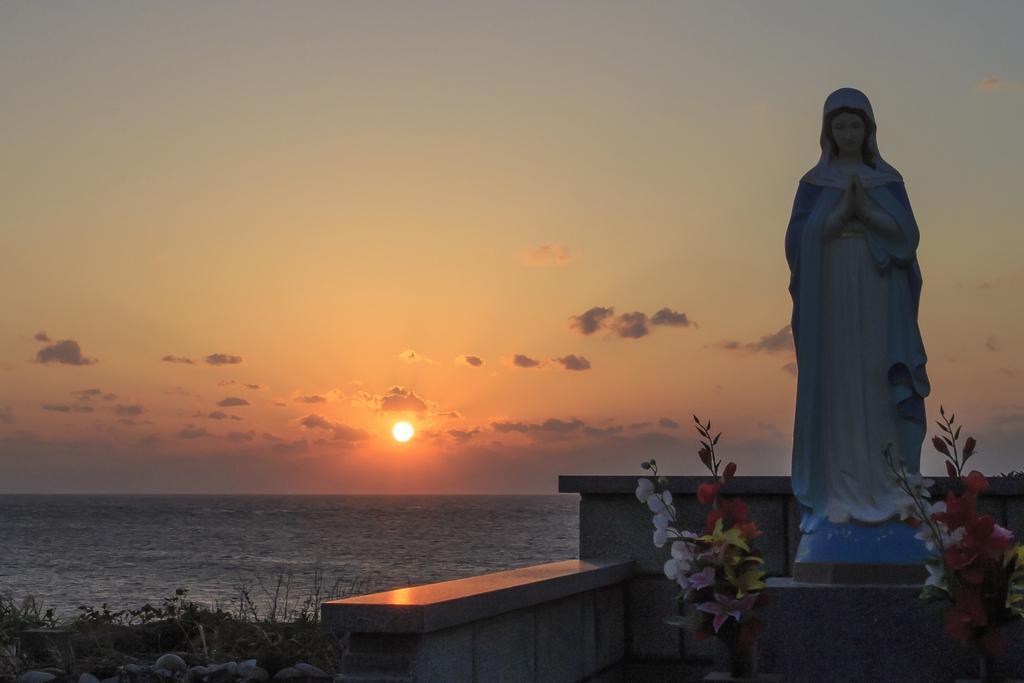
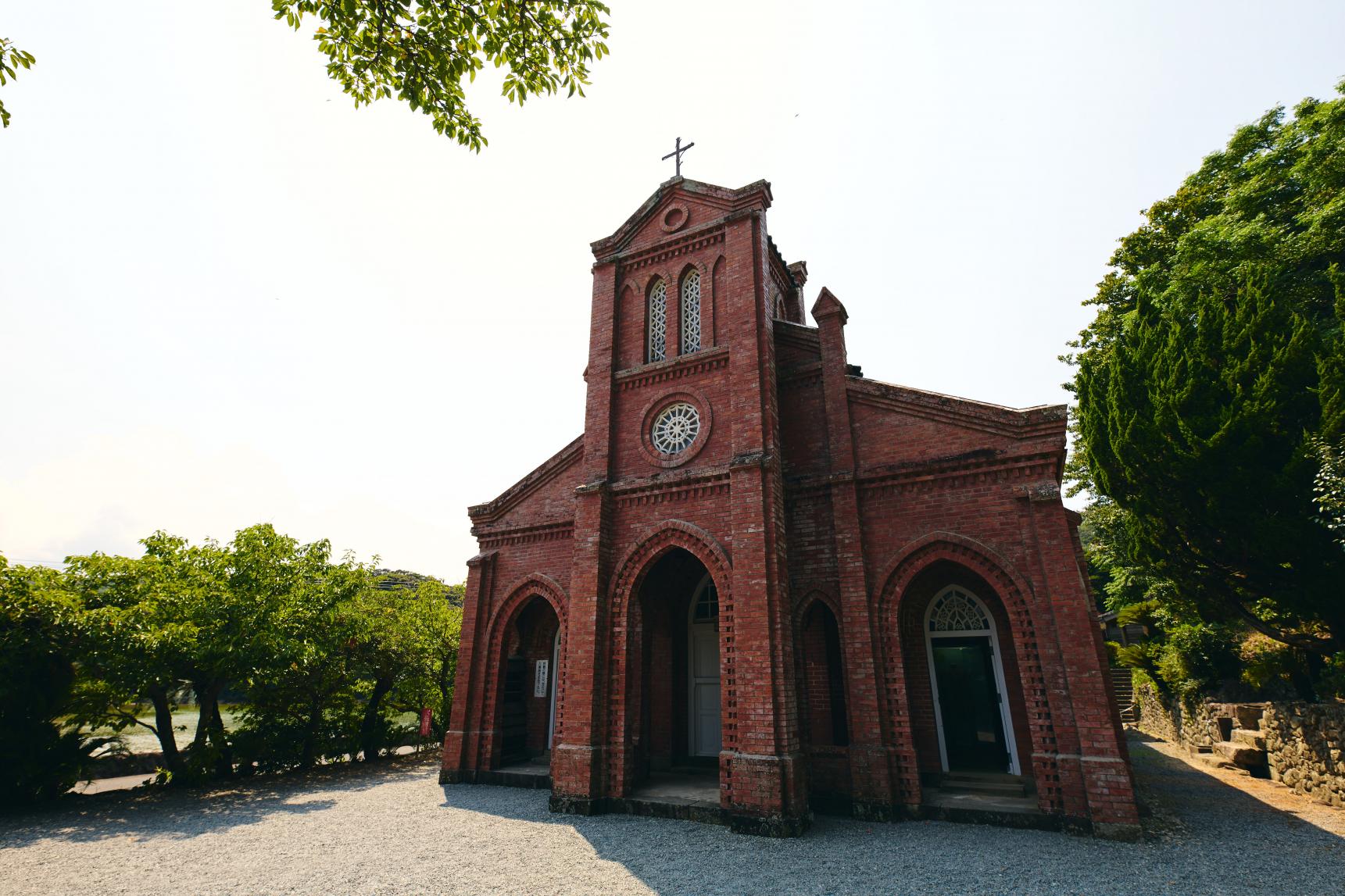
![[Starting from Nagasaki] Nagasaki sightseeing & Goto (Fukue Island): Fun route (4days)-1](https://goto.nagasaki-tabinet.com/storage/special_features/222/responsive_images/zHqlBrx66d2vjMullwTKPW3CgQ2g7dMRcmYgK7ss__1000_765.jpeg)
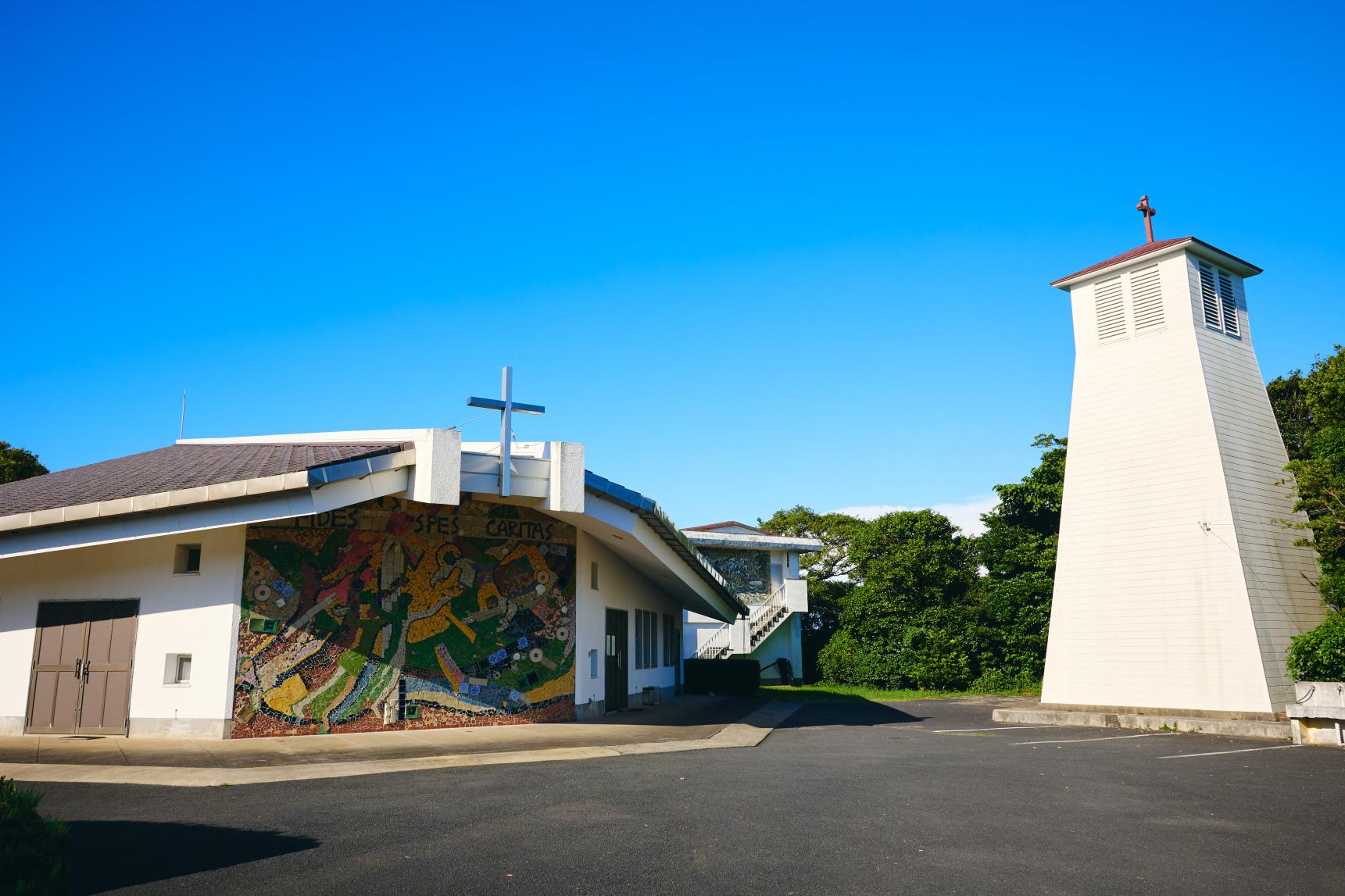
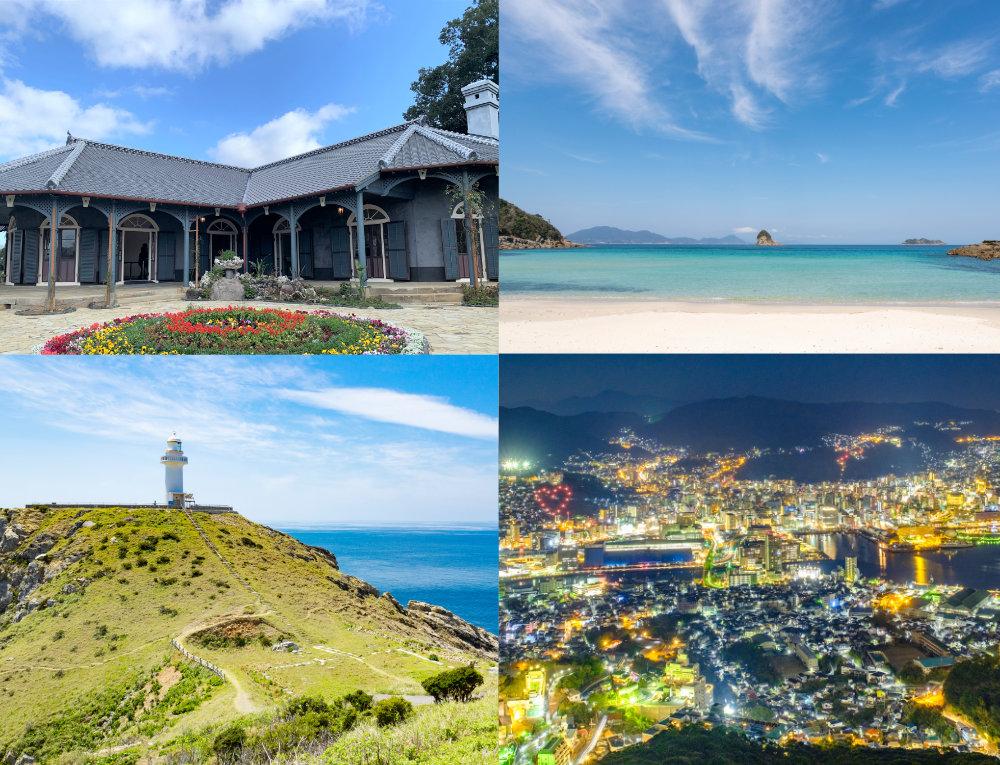
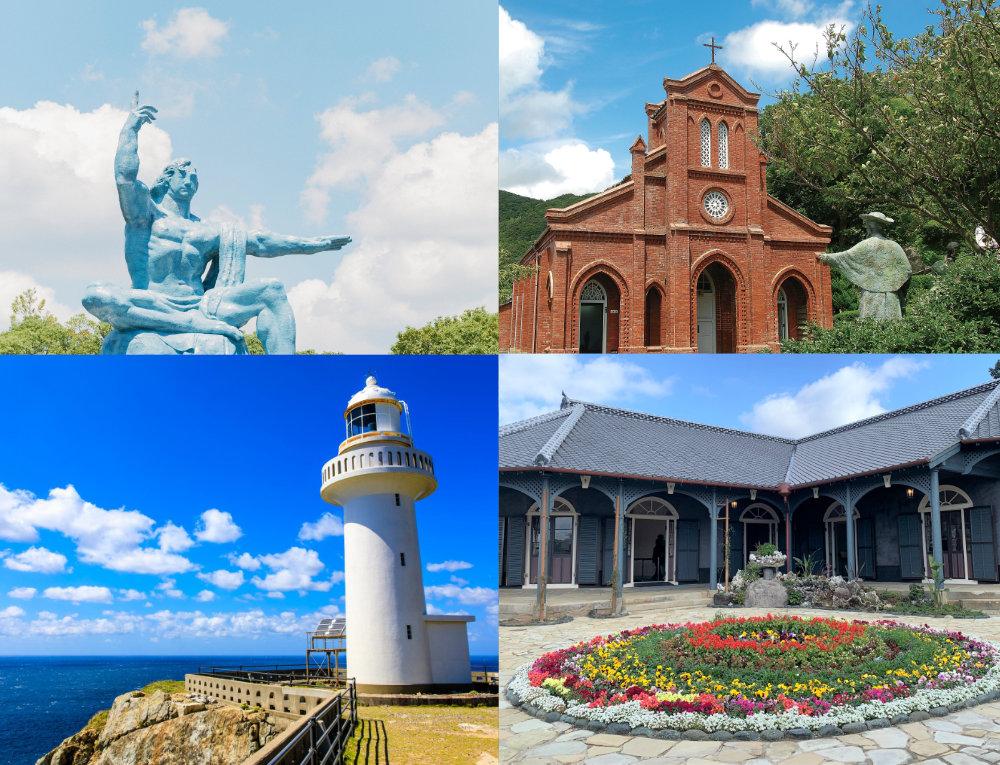
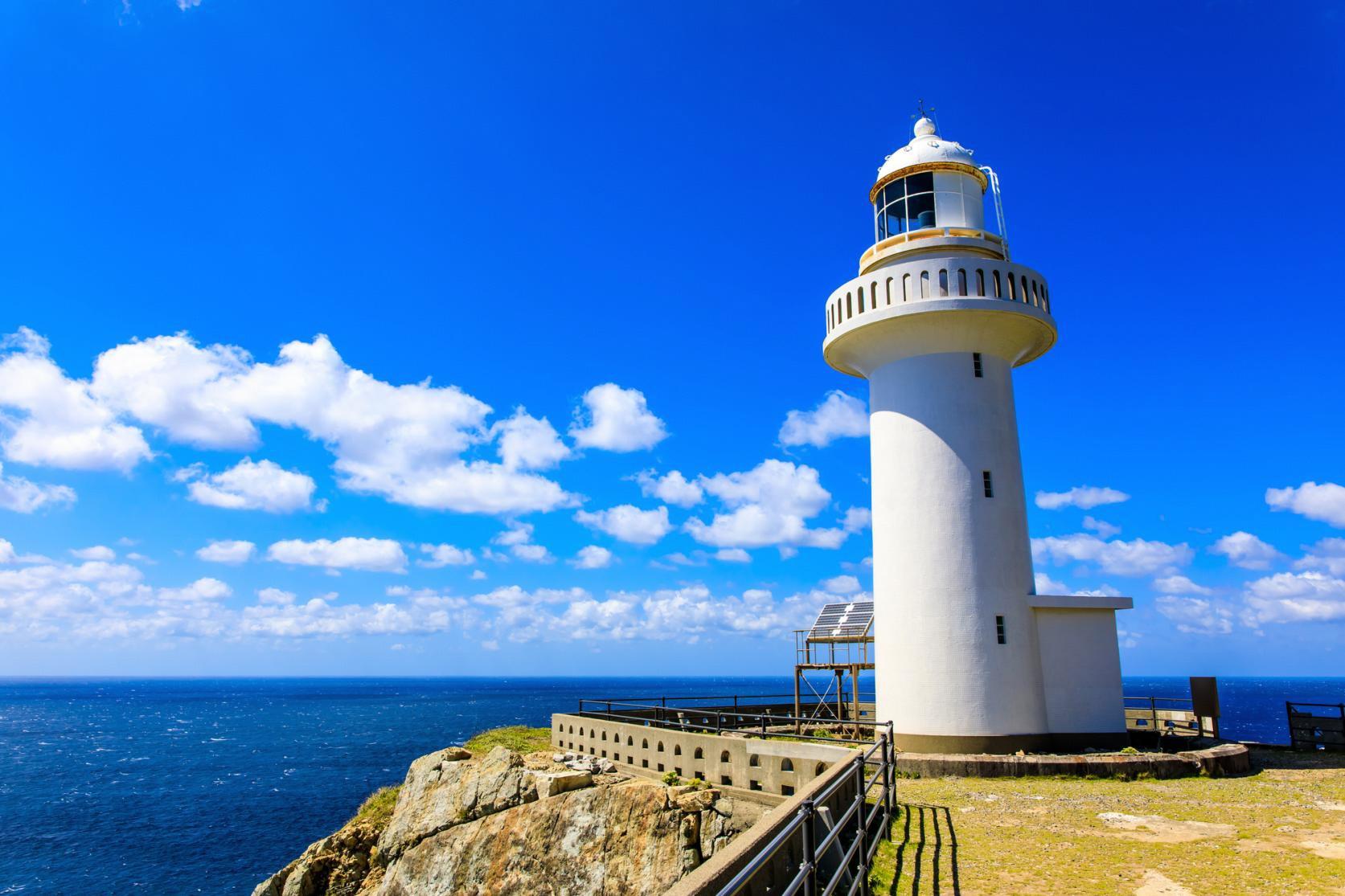
![[Starting from Kumamoto] Huis Ten Bosch & Nagasaki Chinatown: A self-indulgent route around Goto-1](https://goto.nagasaki-tabinet.com/storage/special_features/239/responsive_images/fZ4oFTx63NUiNFa10cgLZ87B3gxy0lacUexUk72r__1000_765.jpeg)

![[Starting from Hakata] Sightseeing in Fukuoka and Nagasaki & Goto (Fukue Island): Fun route (4days)-1](https://goto.nagasaki-tabinet.com/storage/special_features/221/responsive_images/PRTKDAvYWK8lxEjY6W9qsDAvPhqIVdKi3pw4IoG9__1000_765.jpeg)
